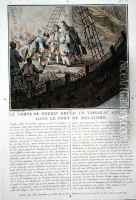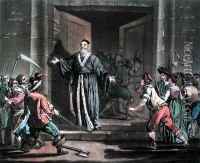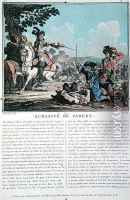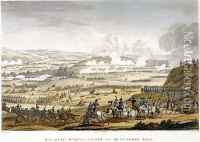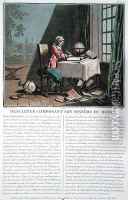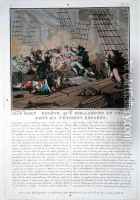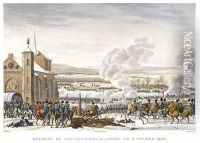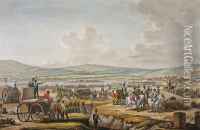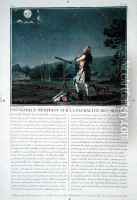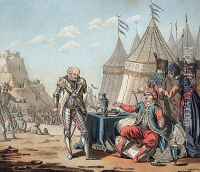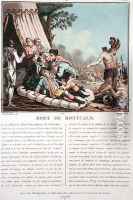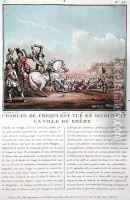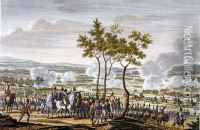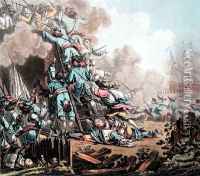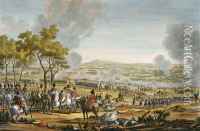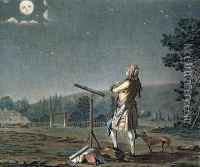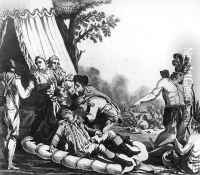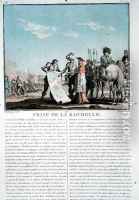Jacques Francois Joseph Swebach Paintings
Jacques Francois Joseph Swebach, also known as Jacques Swebach-Desfontaines, was a French painter, printmaker, and illustrator born on December 8, 1769, in Metz, France. He was known for his landscapes, military scenes, and depictions of battles, as well as his talent in capturing the tumultuous events of his time.
Swebach came from an artistic family; his father, François Antoine Swebach, was also a painter, which provided him with an artistic environment from an early age. Jacques Swebach received his initial art training from his father and later continued to develop his skills in Paris.
During the late 18th and early 19th centuries, a period marked by the French Revolution and the Napoleonic Wars, Swebach's work became notable for its historical accuracy and dynamic portrayal of military life. His career was significantly influenced by these historical events, as he often received commissions to depict significant military campaigns and battles.
Swebach's style was characteristic of the French Romantic movement, with a focus on the dramatic and the picturesque. His ability to illustrate the chaos and fervor of battle scenes gained him recognition and popularity. He was also adept at small-scale works and often painted on materials such as ivory and paper, which was a common practice for miniaturists of that period.
Aside from his paintings, Swebach was a prolific draftsman and engraver. He produced a large number of engravings that documented contemporary events and were widely circulated, thereby contributing to his fame. His engravings and illustrations were often included in books and periodicals, which helped disseminate his work beyond the borders of France.
Throughout his career, Swebach exhibited his works at the Paris Salon, the official art exhibition of the Académie des Beaux-Arts in Paris. His contributions to the Salon helped to cement his reputation as a skilled painter of his era.
Jacques Francois Joseph Swebach passed away on February 24, 1823, in Paris. His legacy is preserved through his paintings and prints, which remain as historical documents of the turbulent times in which he lived and continue to be of interest to collectors and historians of French art.
